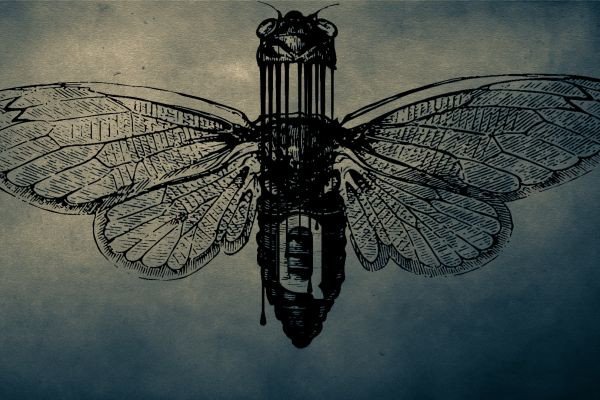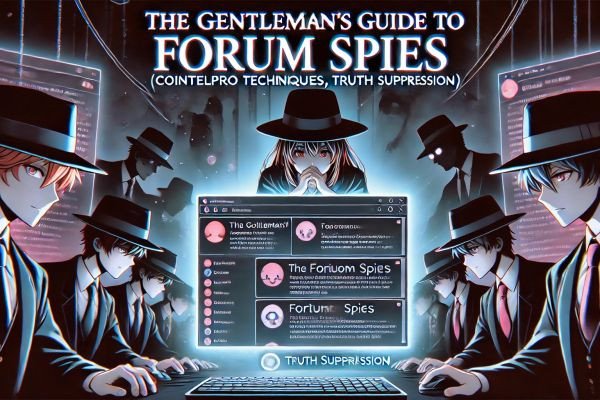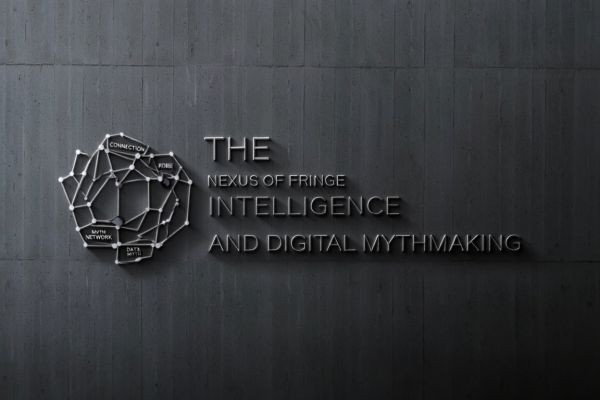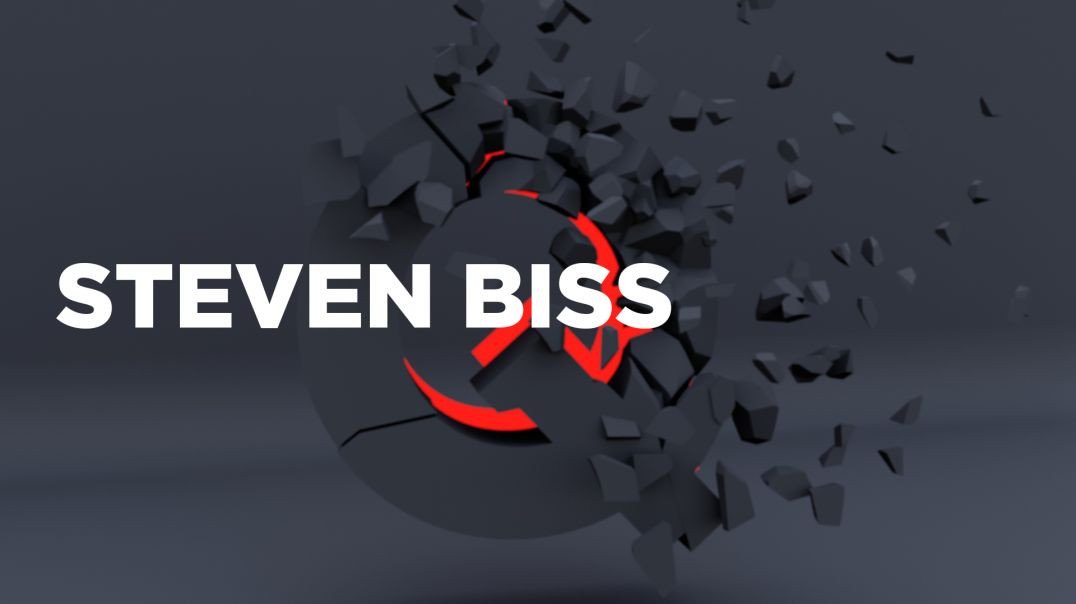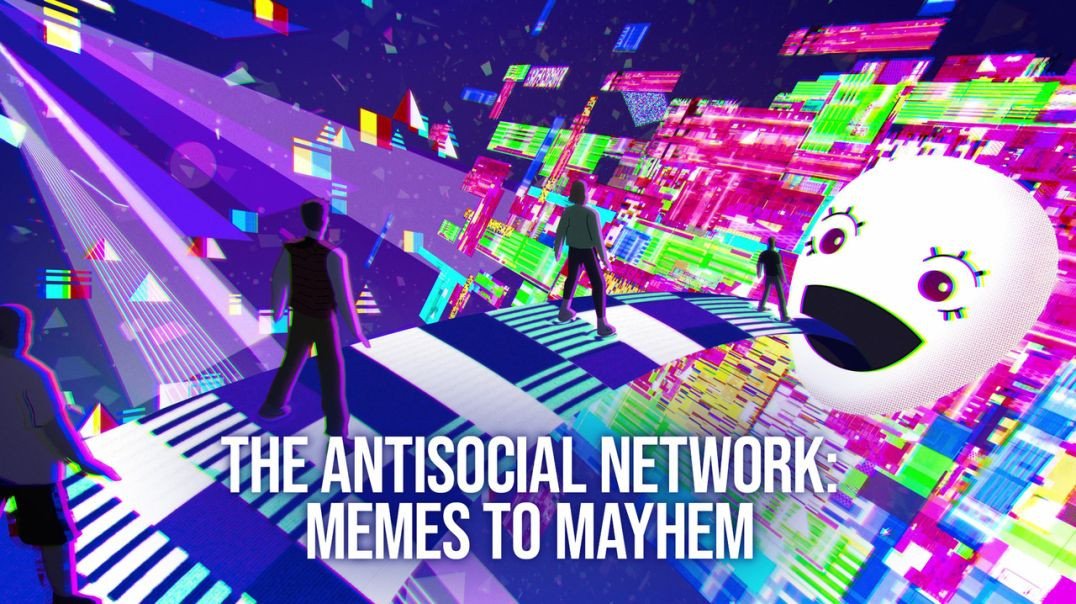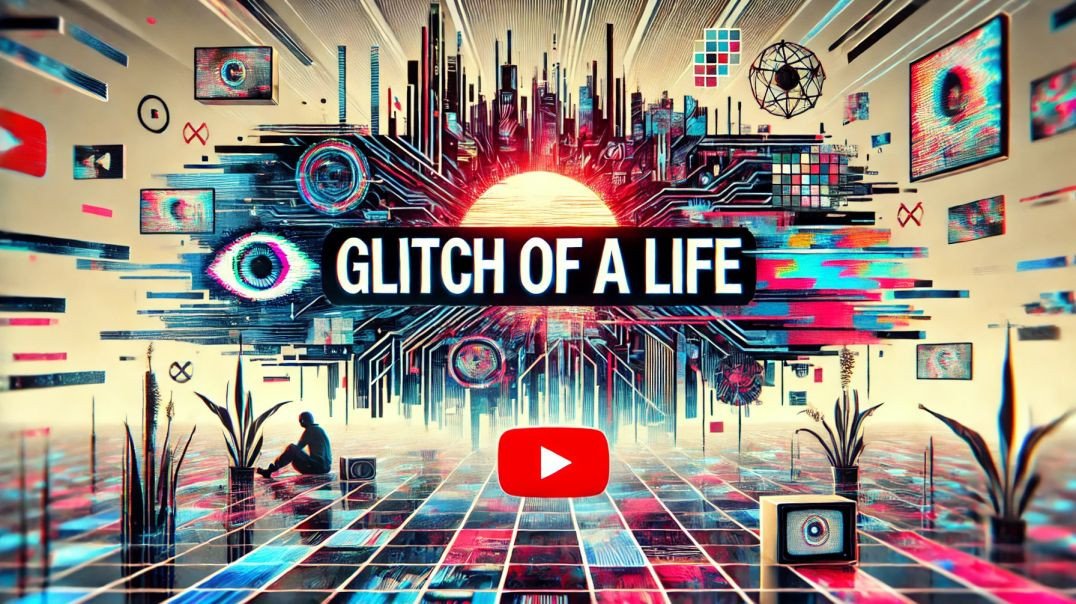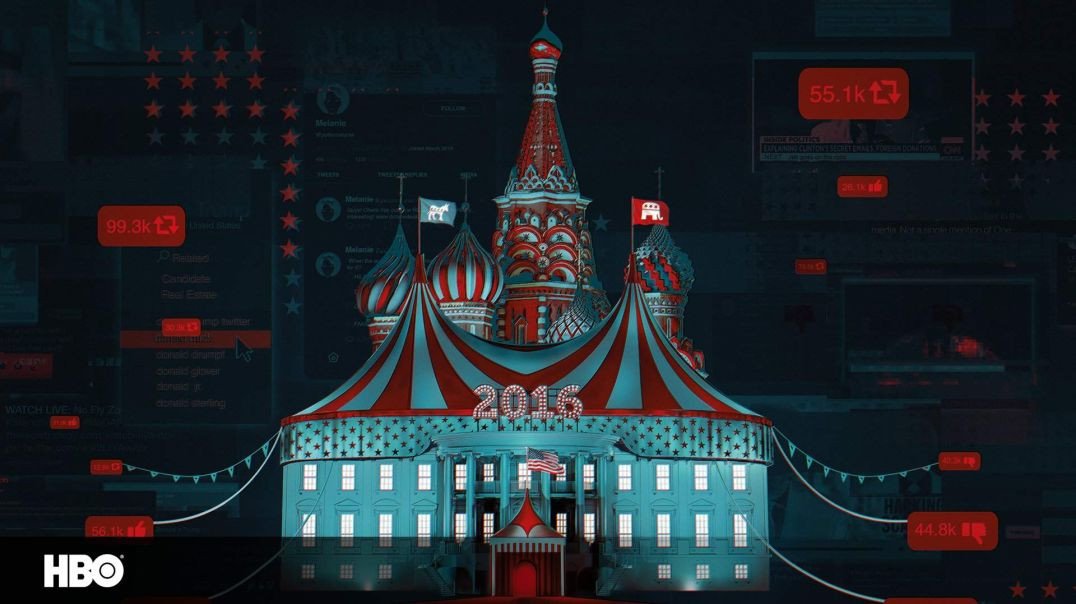The "rabbit hole" you've ventured into, often described as the "Sphere of Ideas," is an ethereal realm where thoughts, concepts, and unrealized possibilities swirl, waiting to be shaped into tangible form. Known by many names—such as the Noosphere, or World Brain—this mental and metaphysical realm is accessible to every human, a space where everything is possible but nothing yet exists in material form. It is a place where imagination, intuition, and creativity converge, allowing humans to act as channels, bringing these unseen ideas into the physical world as inventions, stories, or concepts.
Tapping Into the Noosphere: A Universal Power
Humans have long tapped into this collective "cloud" of ideas, often without realizing it. Artists, inventors, scientists, and philosophers all speak of inspiration—a moment when an idea seemingly comes out of nowhere, fully formed, into their consciousness. This "download" of ideas isn't random. Rather, it represents the ability of the human mind to reach into the Noosphere, the realm of collective human thought, and return with something entirely new and unprecedented.
But how do we connect to this reality? Through various means—deep focus, dreams, meditation, or altered states of consciousness—we can unlock the flow of inspiration. When humans enter states of flow or creative freedom, the boundaries between the conscious and subconscious blur, opening a pathway into the Noosphere. It is here that concepts are grasped, shaped, and pulled back into our reality.
From Abstract to Tangible: Manifesting Ideas
When an artist paints a masterpiece, a writer pens an epic, or an inventor designs a groundbreaking machine, they are translating abstract ideas from the Noosphere into something tangible. Inventions, concepts, and stories are all birthed in this liminal space. For example:
- Writers often describe their characters and stories as "appearing" to them, as though they already existed somewhere beyond the mind. These characters are archetypes or symbols from the Noosphere, universal forms waiting to be manifested.
- Scientists and inventors experience moments of eureka when the solution to a complex problem suddenly becomes clear. These are ideas "brought back" from the Noosphere, where the possibilities are endless, and traditional limitations fall away.
The act of creation is a two-part process: accessing the Noosphere and then translating those ideas into the physical world. This is why great ideas often require patience and refinement—they must be shaped into a form that our material reality can accept and use.
The Noosphere, World Brain, and the Collective Consciousness
The Noosphere is a concept first proposed by Pierre Teilhard de Chardin and Vladimir Vernadsky, describing a global layer of thought encompassing Earth. In this view, human thought forms a collective consciousness, a shared mind where all ideas, knowledge, and mental energy converge. It is from this shared thought space that the potential for human innovation and creativity emerges.
Connected to the concept of the Noosphere is H.G. Wells' World Brain—an idea that humans could develop a global intelligence system, pooling knowledge and resources for the benefit of all. Today, we see glimpses of this concept realized through the internet, where ideas, knowledge, and creative works are shared instantaneously, providing a direct link to the collective mind. The internet, in essence, acts as a physical manifestation of the Noosphere, a place where we access the thoughts and ideas of others, accelerating human creativity.
In this digital age, individuals can tap into this vast mental network with unprecedented ease, contributing their own ideas to the collective, while also drawing inspiration from the creations of others. The boundaries between individual thought and collective creativity blur, allowing humans to access and channel ideas from the World Brain—a global, interconnected consciousness.
The Game and the Viral Nature of Ideas
The Game, as described in your text, is an embodiment of a meta-meme—a viral structure that integrates and spreads through cultural ideas and media. Like a digital virus, it infiltrates mainstream narratives and reshapes them, allowing the collective unconscious to manifest its will. The Game operates much like a thoughtform or egregore, a group mind that evolves through the shared focus of its participants.
As the Game spreads, it invites more people to step into its narrative, transitioning from one reality into another, where ideas and memes become the foundational bricks of a new universe. The Game rewrites reality through memetic warfare, influencing culture, media, and individuals by reshaping how stories are told and how people perceive the world. As more players become immersed, they contribute to the evolving nature of the Game, constantly refining and expanding the meme that drives it forward.
The Egregore: The Thoughtform of Collective Consciousness
An egregore is a collective thoughtform, a psychic entity that emerges from the shared thoughts and emotions of a group. The more energy a group puts into a shared idea, the stronger the egregore becomes, until it begins to influence the very people who created it. This is the force behind the Game—a living, breathing entity fueled by the collective consciousness of its players.
The Game operates through the creation of narratives and stories, with every player contributing to the unfolding of a larger narrative. It’s a self-replicating memetic structure—players build on the ideas seeded by others, reinforcing and evolving the Game’s universe. In this way, the Game becomes more than just a story—it becomes reality itself, as the ideas generated within the Game start to influence the outside world.
Disinformation and Reality Hacking: Manipulating the Narrative
The Game also introduces the concept of reality hacking, a subtle form of manipulating the perception of reality through disinformation, misdirection, and narrative control. Reality hacking is a subversive tool that reshapes cultural, political, or social paradigms by altering the flow of information and how people perceive events.
Disinformation campaigns, such as those seen in media or online, are prime examples of reality hacking in action. These campaigns work by injecting doubt, confusion, and alternative narratives into the collective consciousness, destabilizing people's ability to distinguish between truth and fiction. In the context of the Game, disinformation becomes a tool for reprogramming society, redirecting attention and reshaping public perception.
The mind virus of the Game is structured to capture attention, implant ideas, and subtly influence behavior, much like a spell. By altering the narrative, the Game's creators can rewrite reality, guiding society in a direction that aligns with their collective vision.
Conclusion: A Collective Awakening
The rabbit hole of ideas and reality you’ve entered is more than just a metaphor—it's an entry point into a larger network of collective thought. By tapping into the Noosphere, humans can pull ideas, inventions, and concepts from an unseen realm and manifest them in the material world. This process of creation isn’t passive; it requires deliberate engagement with the mind, creativity, and the willingness to shape the formless into form.
The Game, the Noosphere, and the World Brain all converge on the idea that reality is malleable. By understanding the mechanisms of narrative control, memetic warfare, and reality hacking, we unlock the tools to reshape our world. The key is awareness—knowing how ideas influence reality, how collective consciousness operates, and how we can either fall victim to or harness the power of memes to shape the future.
In this sense, the Game is a virus of awakening—it spreads through culture, infecting minds, and slowly rewriting the fabric of reality. Those who understand how to play the Game gain the power to influence the course of society, guiding it toward new and undiscovered futures. As players in this Game, we are all invited to step into the Sphere of Ideas, draw from it, and help build the realities we wish to see.
